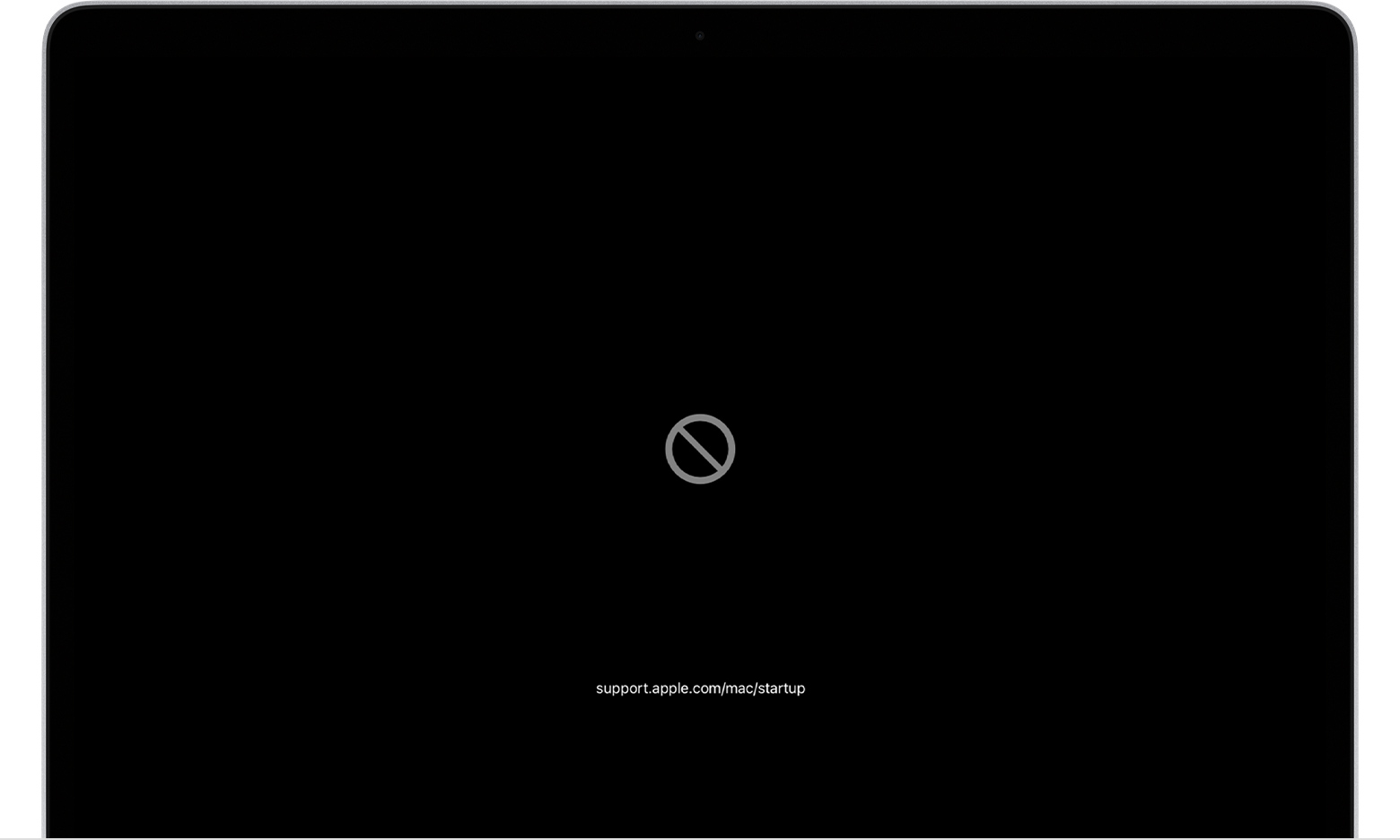Brakes Optional Mac OS
Shop for mac os x at Best Buy. Find low everyday prices and buy online for delivery or in-store pick-up. Nothing will put the brakes on an installation like trying to install the wrong drive. Please double-check your Mac's model ID before proceeding (press the Option key then choose Apple Menu System Information). Once you know the model ID, use the My Upgrades feature to find the right drive.
In 1979, the Supra's 2.6-liter inline-six cylinder engine was the first Toyota production engine to be equipped with electronic fuel injection. The Supra was available with both manual and automatic transmission, and came standard with 4-wheel-independent suspension and 4-wheel disk brakes. On an Intel-based Mac: If you use Shift-Option-Command-R during startup, you're offered the macOS that came with your Mac, or the closest version still available. If you use Option-Command-R during startup, in most cases you're offered the latest macOS that is compatible with your Mac. Otherwise you're offered the macOS that came with your Mac.
Open Accessibility Options
Press these keys together: Option (⌥), Command (⌘), and F5. On notebook computers with a Touch Bar, you might need to press the Fn (Function) key as well.
On notebook computers with Touch ID, triple-press Touch ID. (If you press and hold the Command key while doing this, VoiceOver turns on or off.)
To close Accessibility Options, click Done or click anywhere outside of the window.
Change the shortcuts in Accessibility Options

To change the shortcuts that appear in Accessibility Options, choose Apple menu > System Preferences, then click Accessibility. Select Shortcut in the sidebar, then use the checkboxes to turn shortcuts on or off.
Learn more
- You can ask Siri to perform many accessibility functions. For example, ask Siri to ”turn VoiceOver on” or ”turn Zoom on.”
- Learn about other Mac accessibility shortcuts.
Use Software Update
- Choose System Preferences from the Apple menu , then click Software Update to check for updates.
- If any updates are available, click the Update Now button to install them. Or click “More info” to see details about each update and select specific updates to install. You might be asked to enter your administrator password.
- When Software Update says that your Mac is up to date, the installed version of macOS and all of its apps are also up to date. That includes Safari, Music, Photos, Books, Messages, Mail, Calendar, and FaceTime.
- To automatically install future updates, including for apps that you got from the App Store, select “Automatically keep my Mac up to date.” Your Mac will notify you when updates require it to restart, so you can always choose to install those later.
Update the software on your iPhone, iPad, or iPod touch
Learn how to update your iPhone, iPad, or iPod touch to the latest version of iOS or iPadOS.
Brakes Optional Mac Os Catalina
Learn more
Brakes Optional Mac Os 11
- Learn how to get updates for earlier versions of macOS that don't include Software Update preferences.
- You can also use the App Store to update apps or redownload apps that came from the App Store.
- Learn which macOS your Mac is using and how to upgrade to the latest macOS.
- When your Mac is connected to a Personal Hotspot, large updates don't download automatically.